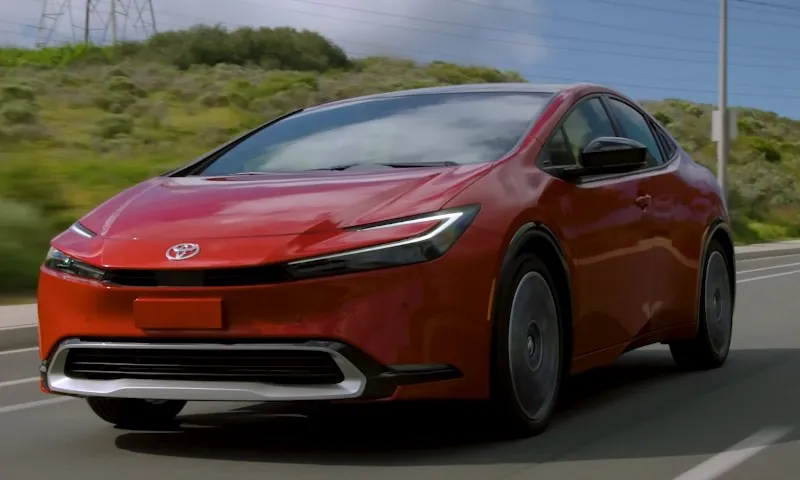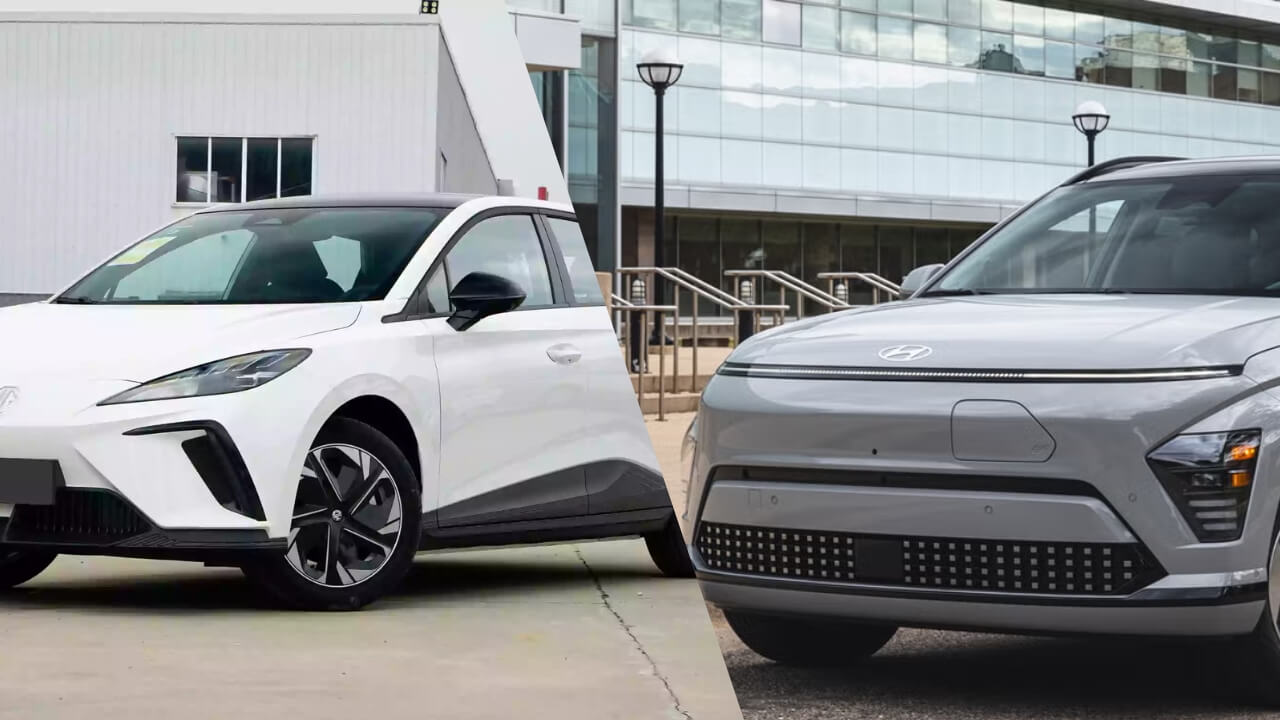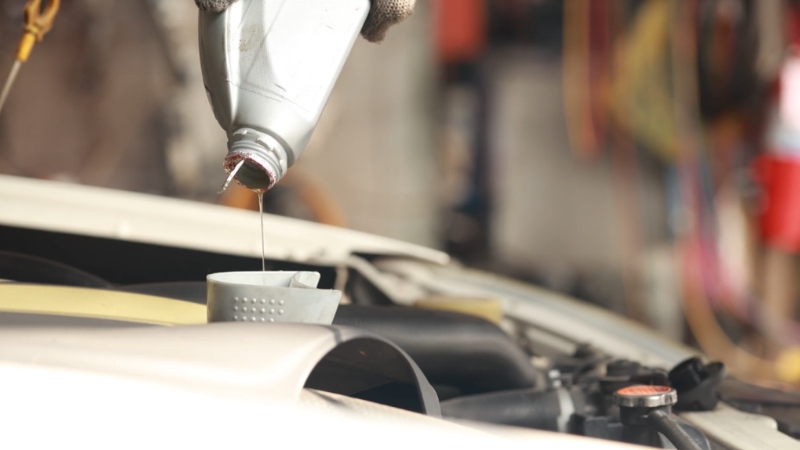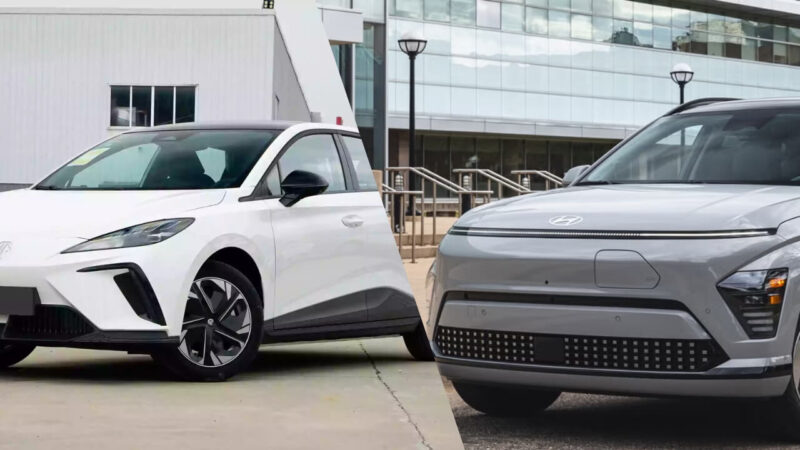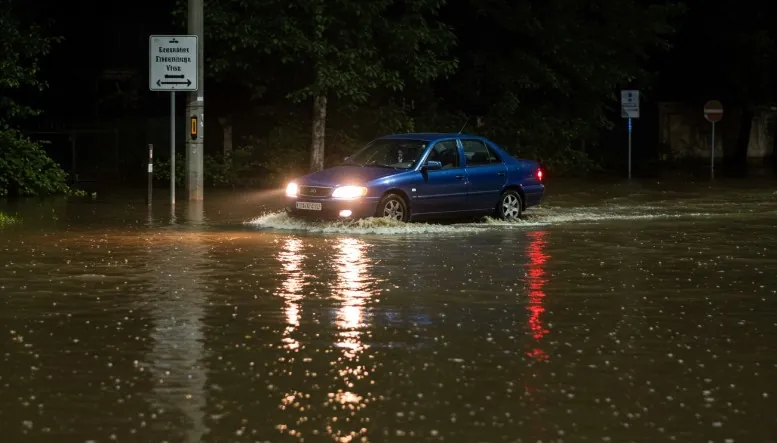
Share Post:
Flooded roads are an inconvenience and a real threat to your engine, your car’s electronics, and your safety.
Every year, heavy rains and hurricanes leave drivers stuck in rising water, sometimes with expensive engine repairs or even total vehicle loss. The good news? You can avoid most of the damage by driving smart, preparing ahead, and knowing when to stop.
Let’s break down what really happens to your vehicle in floodwater and how you can reduce the chances of costly damage.
Table of Contents
ToggleA Quick Look
| Action | Details |
|---|---|
| Avoid Floodwater | Park in higher ground; reroute if you can. |
| Assess Water Depth | Don’t drive if it’s over 4 inches unless you have a lifted 4×4. |
| Drive Slowly | Maintain 3–4 mph. Prevents bow wave and protects your engine bay. |
| Maintain Low RPM | Stay in the 1,500–2,000 rpm range to avoid suction into the intake. |
| No Half Clutch | Fully release the clutch to avoid slippage or burnout. |
| Brake Check After | Gently tap brakes while driving slowly to dry them. |
| Watch for Engine Trouble | Smell of gas, hard starts, or strange noises = get to a mechanic. |
| Get Inspected | A professional check catches damage early, before repairs get costly. |
| Abandon If Necessary | If stalled and water’s rising, exit and find higher ground safely. |
What Water Does to Your Engine, and Why It’s So Dangerous
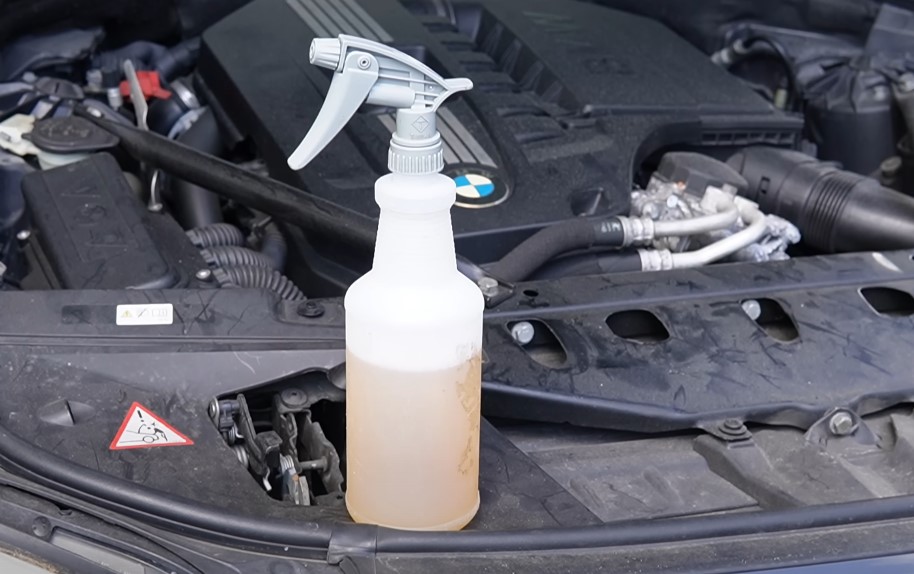
Engines are built to handle combustion, not water. The air intake on most cars is low to the ground, right where floodwater rises first.
Once water gets sucked into the cylinders, it doesn’t compress like air. That causes hydro-locking, a nasty situation where the pistons stop abruptly and break internal parts like rods and valves. Even a small amount of water can wreck a modern engine.
And it’s not just the engine at risk. Floodwater can sneak into:
Electrical Wiring and Sensors
Think about your airbags, ignition system, power windows, or even the ECU (engine control unit). Water shorts out wires and causes glitches that may show up weeks later.
Brakes and Rotors
Wet pads lose grip, and the longer you’re in the water, the worse it gets. Your stopping distance increases, especially after a flood run.
Transmission and Suspension Components
Water in the transmission fluid? Bad news. It turns the oil into a milky mess that can ruin gears and bearings.
What to Do Before the Flood Comes
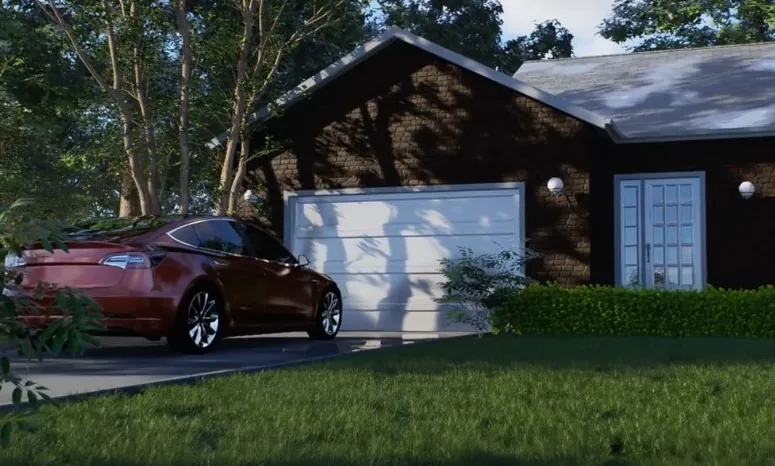
Preventing exposure in the first place is the smartest move. If there’s heavy rain on the radar or flood warnings in effect, take it seriously. Even a few inches of standing water can cost you thousands.
Smart prep steps:
- Move your car to higher ground: Use parking garages, hills, or upper-level lots. Don’t wait until water is already rising.
- Know your route: Check road conditions through apps like Waze or Google Maps. They’ll often flag flooded roads early.
- Update your insurance: Flood damage isn’t covered under basic auto insurance. You need comprehensive coverage to be protected. If you ride a motorcycle, consider checking your motorcycle insurance options as well.
Example: In Houston, where hurricane flooding is common, many residents now park in multi-story garages during storm season—even if it’s inconvenient. One night of planning beats paying for an engine replacement.
When You’re Faced with a Flooded Street
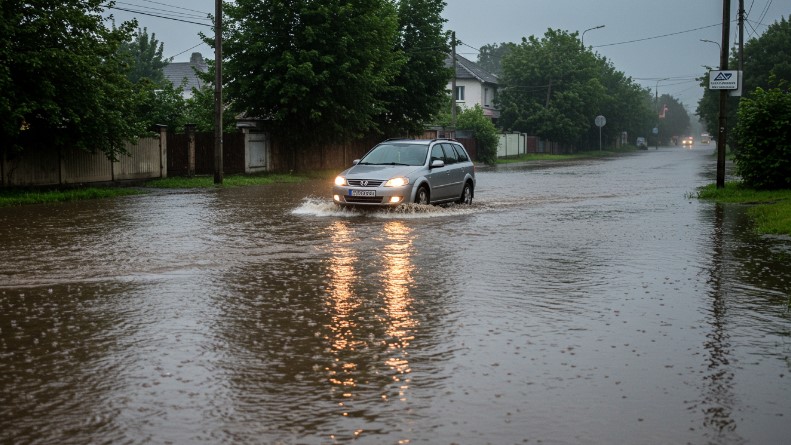
Say you’re already out and encounter standing water ahead. First, take a breath. Then look for some key clues before even thinking about driving through.
Assess the depth
- Shallow puddles (under 4 inches): Usually manageable for most vehicles.
- More than 4 inches: Risky unless you’re driving a 4×4 with high ground clearance.
- Fast-moving water: Avoid it completely. Water flowing at just 10 mph can exert hundreds of pounds of force. Two feet of water can float most cars.
Look for hidden hazards:
Floodwater hides all kinds of dangers – potholes, debris, even open manholes. It may also contain sewage, oil, or wildlife. Always assume the water is contaminated.
Key stat: Every foot of water along your vehicle displaces about 1,500 pounds of weight. If water is rising, your car can float or flip surprisingly fast.
How to Drive Through Floodwater Safely (If You Absolutely Must)
If turning back or finding another route isn’t possible and you must proceed, there are a few very specific things to keep in mind.
Slow and steady wins:
- Speed: 3–4 mph is the sweet spot. Any faster, and you risk creating a bow wave, essentially a mini flood pushing up over your engine bay.
- RPMs: Keep it low: around 1,500 to 2,000 rpm. That keeps suction minimal so your engine doesn’t inhale water.
- Distance: Let the vehicle in front of you go far ahead. Follow in their “wake,” where the water has been disturbed. It’ll be slightly shallower.
For manual drivers:
- No half-clutching: Fully release the clutch to avoid burning it out. Low engine rotation is your goal – don’t rev unless absolutely necessary.
- Don’t change gears: Pick one gear and stick with it. Gear changes increase the risk of stalling or pulling water into the transmission.
Let others go first:
Oncoming traffic can send waves toward your engine bay. Better to wait until it’s clear. It might feel awkward, but it’s worth it.
Real-world note: During monsoons in Bangkok, it’s common for drivers to wait their turn in silence, let others pass, then follow through carefully in single file. It’s an informal but effective system.
What to Do Immediately After You’ve Driven Through Floodwater
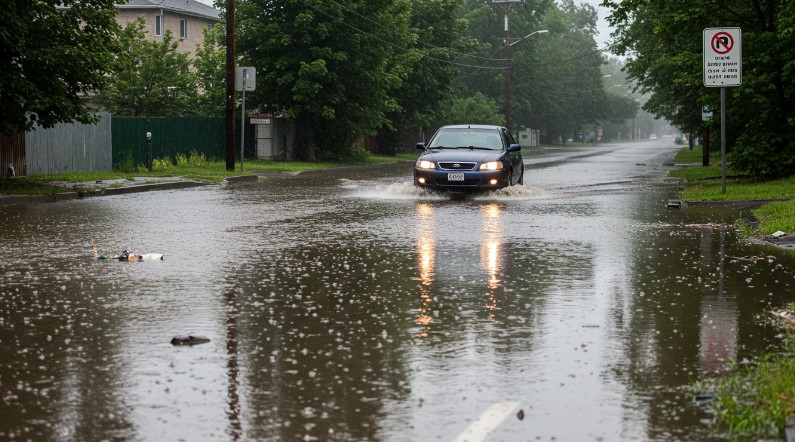
You made it through. Now what?
Dry out your brakes:
While still moving slowly, lightly press the brake pedal a few times. That friction helps dry out the pads. Don’t slam the brakes unless absolutely needed.
Watch for warning signs:
Flood damage doesn’t always show up right away. Pay attention to:
- Odd cranking when you try to start the car
(Sounds faster or weaker than usual? Could mean water in the engine.) - Gasoline smell near the exhaust
- Stalling or jerky idling after restart
If you notice any of the above, stop driving and get help.
See a mechanic soon:
Even if things seem fine, there could be water in the intake, fuel lines, or transmission fluid. A professional inspection is the best way to catch hidden damage before it becomes major.
When to Abandon Ship
Sometimes, staying with your car is more dangerous than walking away.
If the engine stalls in water:
Do not restart it. That can force water deeper into the cylinders. If you can safely exit the car, do so and get to higher ground. Then call for assistance.
If water is rising quickly:
Don’t wait. If you’re physically able and it’s safe to do so, get out. Standing on the roof is better than staying inside a car that might float and flip.
Example: During Hurricane Ida, dozens of drivers were rescued from submerged cars in New York. Emergency crews later confirmed that trying to restart a flooded car was one of the most common mistakes.
Other Smart Moves to Stay Safe
Let’s not forget that your car isn’t the only thing at risk; so are you.
- Watch for depth markers: Some flood-prone areas have roadside poles with measurements. Take them seriously.
- Stay away from floodwater on foot: Manhole covers lift, snakes swim, and sewage spreads in those puddles. Just avoid it.
- Don’t use your phone while driving through water: Unless you’re calling emergency services, keep both hands on the wheel.
- Listen to local alerts: Flash flood warnings are issued for a reason. Follow evacuation or route change advice if given.
Insurance
If you live somewhere prone to flooding, comprehensive auto insurance can be a lifesaver. It often covers:
- Engine damage from water
- Electrical failures
- Interior cleanup or replacement
- Towing from flood zones
It’s worth calling your agent to double-check your policy. Adding a comprehensive isn’t usually expensive, and it’s cheaper than buying a new engine.
Final Thoughts
Flooded streets are unpredictable. Even shallow water can cause massive engine damage, short out electronics, and leave you stranded. But with a little planning, some real-time judgment, and a calm approach, you can keep your engine safe and your car intact.
The most important takeaway? Don’t gamble. If you can avoid water, do it. If not, go slow, keep those RPMs low, and don’t push your luck if the car stalls. And afterward, even if you made it out dry, get your vehicle checked. It’s better to catch something early than pay for it later.
In a world where extreme weather’s becoming more common, being prepared, and knowing how to react, isn’t just smart. It’s essential.
Related Posts:
- Steering Wheel Shaking While Driving? Here’s What It…
- The Future of Self-Driving Cars - How Close Are We…
- Driving on 0% Oil Life - How Many Miles Is Too Many?
- How to Check Suspension for Hidden Problems After…
- What Happens When a Self-Driving Car Is Involved in a Crash
- New Federal Laws Targeting Self-Driving Vehicle…



